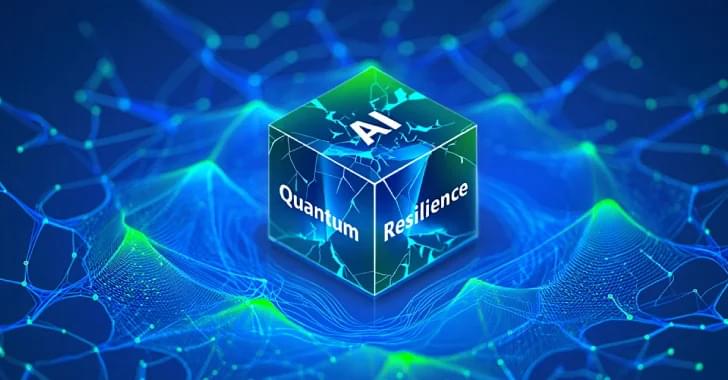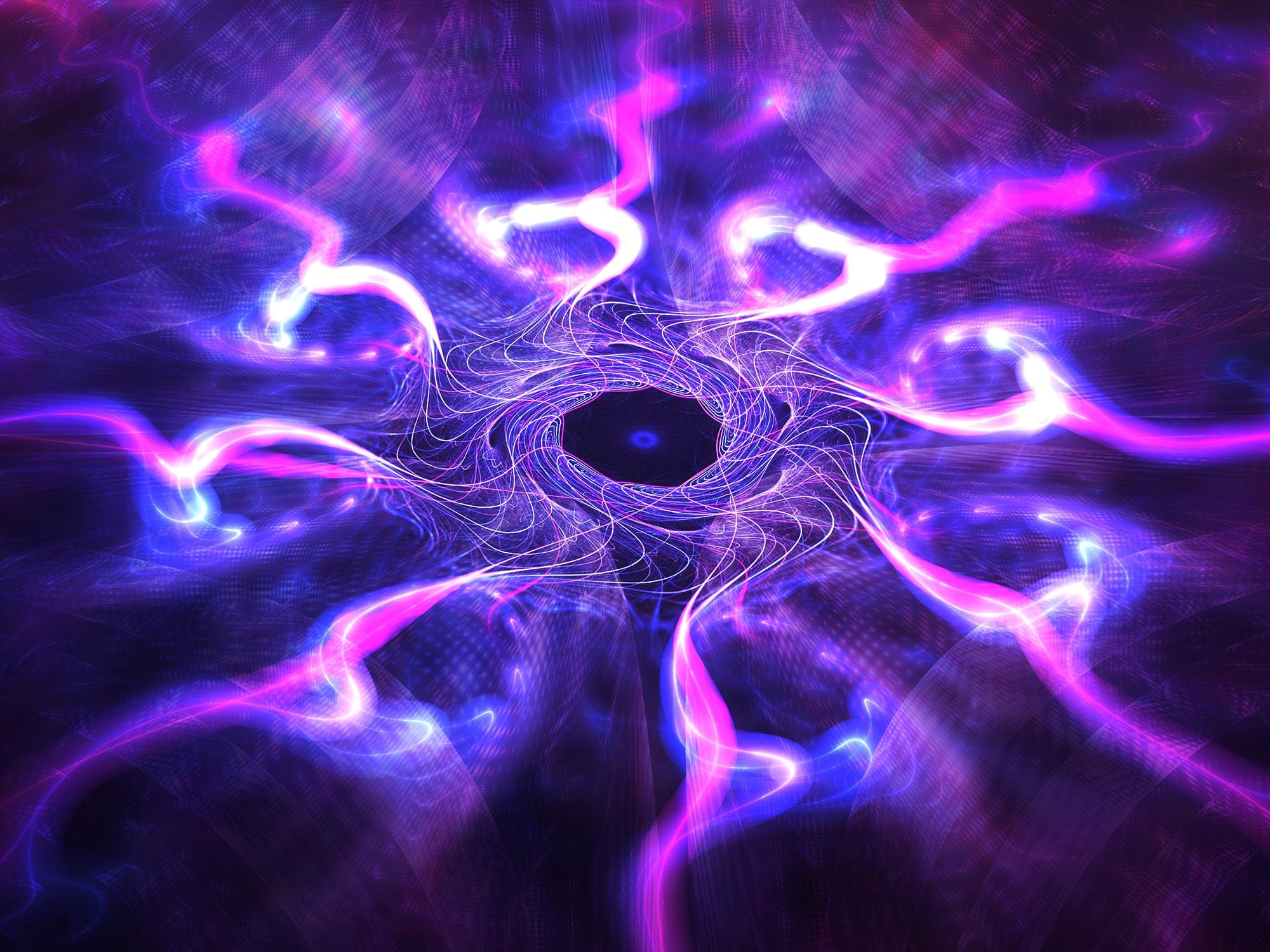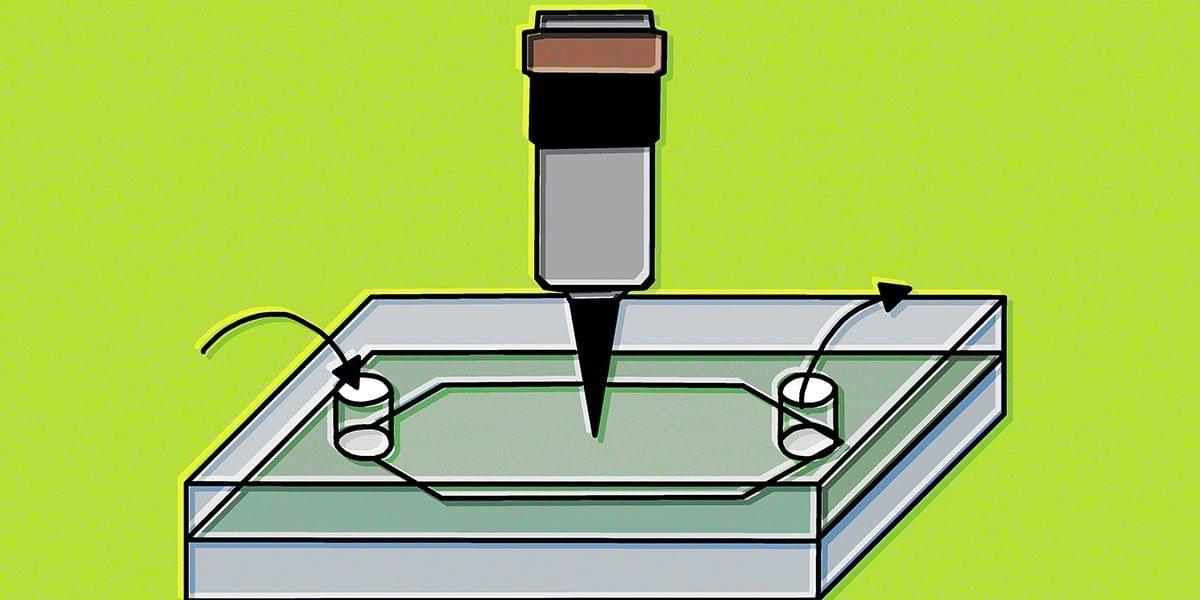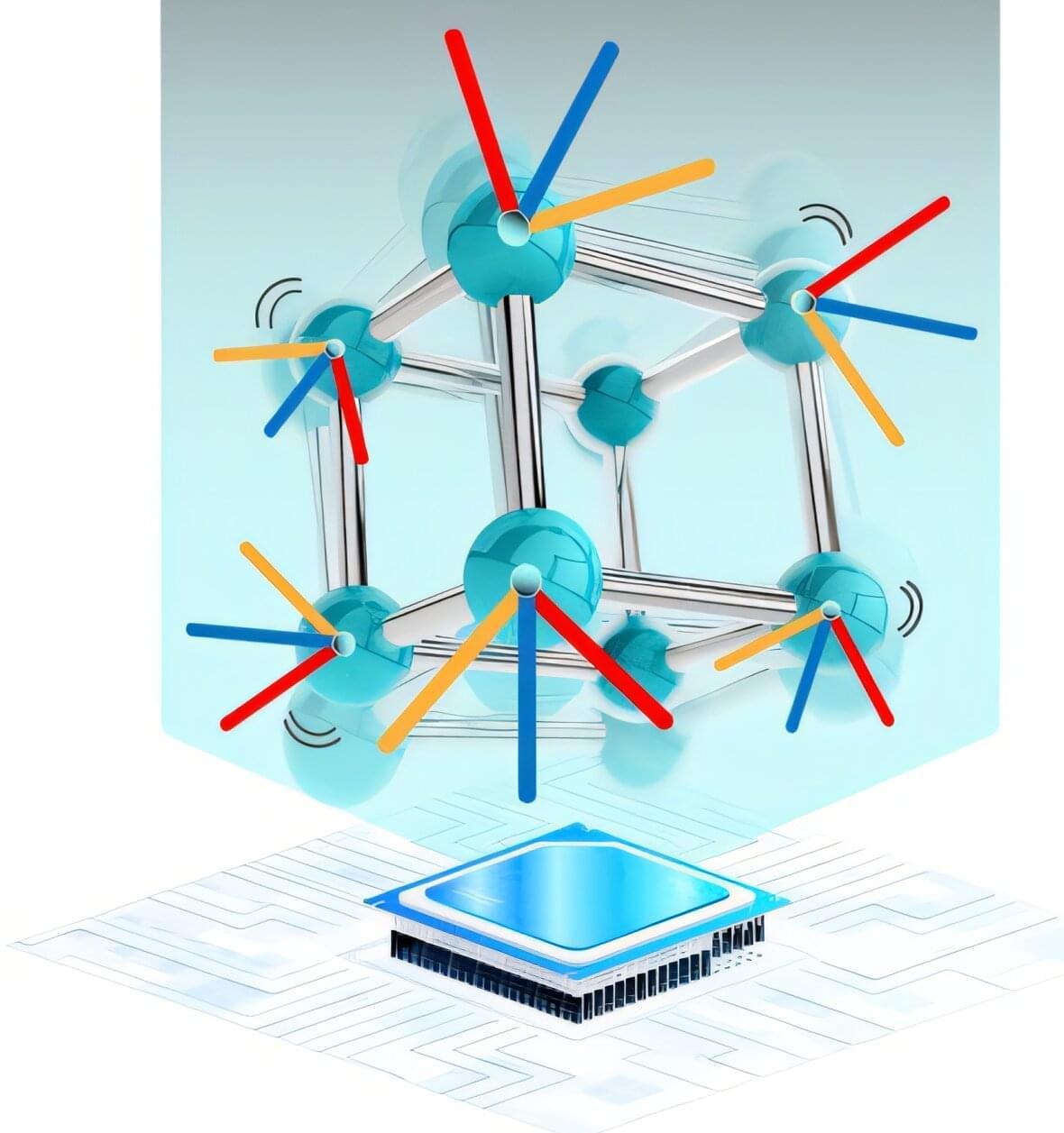Join our webinar to learn how to counter Quantum AI threats and build unbreakable cyber resilience now.









Caltech scientists have developed an artificial intelligence (AI)–based method that dramatically speeds up calculations of the quantum interactions that take place in materials. In new work, the group focuses on interactions among atomic vibrations, or phonons—interactions that govern a wide range of material properties, including heat transport, thermal expansion, and phase transitions. The new machine learning approach could be extended to compute all quantum interactions, potentially enabling encyclopedic knowledge about how particles and excitations behave in materials.
Scientists like Marco Bernardi, professor of applied physics, physics, and materials science at Caltech, and his graduate student Yao Luo (MS ‘24) have been trying to find ways to speed up the gargantuan calculations required to understand such particle interactions from first principles in real materials—that is, beginning with only a material’s atomic structure and the laws of quantum mechanics.
Last year, Bernardi and Luo developed a data-driven method based on a technique called singular value decomposition (SVD) to simplify the enormous mathematical matrices scientists use to represent the interactions between electrons and phonons in a material.

Catalysts play an indispensable role in modern manufacturing. More than 80% of all manufactured products, from pharmaceuticals to plastics, rely on catalytic processes at some stage of production. Transition metals, in particular, stand out as highly effective catalysts because their partially filled d-orbitals allow them to easily exchange electrons with other molecules. This very property, however, makes them challenging to model accurately, requiring precise descriptions of their electronic structure.
Designing efficient transition-metal catalysts that can perform under realistic conditions requires more than a static snapshot of a reaction. Instead, we need to capture the dynamic picture—how molecules move and interact at different temperatures and pressures, where atomic motion fundamentally shapes catalytic performance.
To meet this challenge, the lab of Prof. Laura Gagliardi at the University of Chicago Pritzker School of Molecular Engineering (UChicago PME) and Chemistry Department has developed a powerful new tool that harnesses electronic structure theories and machine learning to simulate transition metal catalytic dynamics with both accuracy and speed.

The ability to generate entangled states of light is a key primitive for quantum communication and distributed quantum computation. Continuously driven sources, including those based on spontaneous parametric downconversion, are usually probabilistic, whereas deterministic sources require accurate timing of the control fields. Here, we experimentally generate entangled photonic modes by continuously exciting a quantum emitter — a superconducting qubit — with a coherent drive, taking advantage of mode matching in the time and frequency domain. Using joint quantum state tomography and logarithmic negativity, we show that entanglement is generated between modes extracted from the two sidebands of the resonance fluorescence spectrum. Because the entangled photonic modes are perfectly orthogonal, they can be transferred into distinct quantum memories. Our approach can be utilized to distribute entanglement at a high rate in various physical platforms, with applications in waveguide quantum electrodynamics, distributed quantum computing, and quantum networks.
Yang, J., Strandberg, I., Vivas-Viaña, A. et al. Entanglement of photonic modes from a continuously driven two-level system. npj Quantum Inf 11, 69 (2025). https://doi.org/10.1038/s41534-025-00995-1